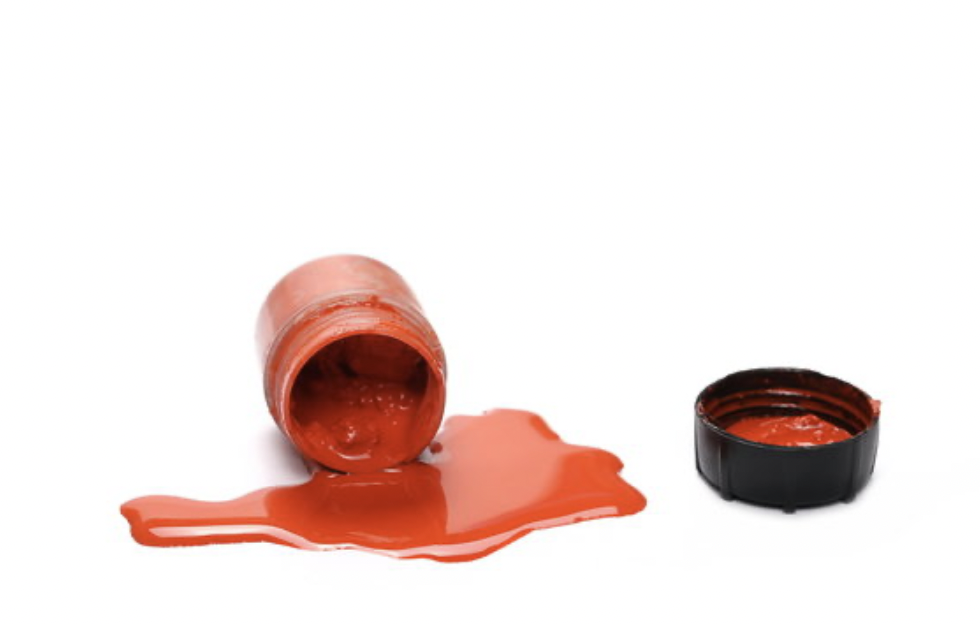
Editorial Note* the following is meant to provide some helpful advice to those whom parent or caretake a child who is likely- or slightly likely- at risk for incidents or collisions involving contact to the head. This might include soccer; hockey; martial arts, football, BMX, etc. It is not by any means a replacement for emergency medical services- especially in cases with a) an open head wound or skull fracture b) differing sized pupils c) leakage from the eyes or ears or d) extended period of unconsciousness or altered state spanning more than ten seconds or so. Even then, some of these items would be good to keep at home and I highly recommend using them post emergency room visit. Western medicine is rarely apt to endorse functional medicine or its precepts. That said, these are proven in strength as a methodology that makes a world of difference in the critical post-concussion.
Biology is fascinating. I can think of a number of biological responses our body carries out that happen autonomically out of our control that appear to be trying to help, methodically, but aren’t doing so. Going into ‘shock’ would be one example- inflammation, another. When I was a kid and I was bitten by a mosquito or an ant, I always thought the ensuing large red bump was the venom itself. Untrue, of course. What I did not know is the swelling I was seeing is the body ganging up on itself- almost “over-responding” if you will.
Inflammation in the immediate aftermath of a head injury is the enemy; and in this case, time is not on your side.
In this case though, we aren’t talking about a rolled ankle or tender shoulder; we are talking a ‘boil over’ in epicenter of our of the very organ that makes life as we know it, possible. Damaged blood vessels, a reduction in cellular energy, oxidization (‘rust’) and inflammation begin almost immediately: killing millions of neurons and brain cells from the moment of impact, becoming the basis from which symptoms will form later. Think brain fog, emotional issues, memory problems, headaches. dissociation. Here are some aides to keep on hand to help prevent that, or to follow through with should this occur. Most are available through higher end health related grocers, or online suppliers. Ask around to ensure quality, all nutraceuticals those who manufacture them are not the same.
If I saw someone took what appeared to be a mild to moderate hit to the head where neck injury was not suspected, I’d want to ask them a few questions: Do they know who they are? Where they are? What day is it? Provided they are not needing ambulatory care, I would next do the following:
I would draw an imaginary line from bridge of their nose, extending about two feet out. I would hold one index finger eight inches from their face. Again, following that exact same imaginary line, I’d hold the other finger about twenty inches from their face. I would then ask them to focus on the fist finger tip (eight inches away) and stare at it for five seconds without going into blurred or double vision; then focus on the second finger tip (twenty inches away) same thing. Do not let the vision ‘split’ or blur. Then switch back. Try this on yourself, it is a bit like operating a camera zoom: focus near, then further, then near, then further, remaining in focus. IF they have a concussion, this will be intolerable almost immediately due to the effect on ocular motor systems affected after a head injury. If they wince or squint or show any discomfort, it is safe to assume they have been concussed or sustained an mTBI (mild brain injury)
Glutathione cream in a non-prescription cream to reduce oxidative stress- normally used for clear skin. In a published study, rats and mice with induced head injury were found to have a 67% decrease in a what has been called a ‘cascading cell death’ immediately following injury. Even hours later, it is still fifty percent more effective than using nothing at all. This should be applied right away (ie. on the field of play) to the temples and neck area, and this will reduce oxidative stress.
Also, to be kept on hand:
N-acetyl cysteine (NAC) roughly eight 500 mg cap or soft gels. Estimated for a 175 pound person. For a smaller child, reduce by half.
2 Curcumin
2 Vitamin C (1000 mg)
2 Vitamin D (5000 mg)
1 Tablespoon MCT Oil/1 Tablespoon BCAA powder.
All of these, interwoven and taken daily and immediately following the aftermath of the collision should reduce inflammation and the harmful effects in significant fashion. If Irlen Syndrome begins to occur (sensitivity to light, floating letters and numbers on book pages…often coupled with nausea) some colored glasses often do wonders. Think those old John Lennon style- they may be pink, blue or green. Different colors work better for different people.
To aid and assist with reduction in inflammation, something closely resembling keto if not keto itself is highly recommended: no processed food, no sugar, no white bread, high starches or sodas. Think lean meats: turkey, chicken and non-friend fish, and above ground vegetables. If you have children that hate greens, maybe try this: take two fistfuls of spinach and half an avocado, place in a blender with some Mio water enhancer- I use grape. The result will be a sweet, tangy green smoothie with nutrients in abundance. Blackberries, blueberries and lots of differing nuts (sans peanuts or anything coated) will also prove to be beneficial. Remember: we are in a time sensitive battle to prevent things from getting worse. This could save your loved one years of long-suffering.
Lastly, rest, and quiet are good mechanisms for any recovery- this is no exception. Classical music has been shown in Scandinavian countries to be a tremendous aid (NMT) in the aftermath of auto accidents, maybe some played through headphones or in the background would not hurt.
Thanks for reading!



